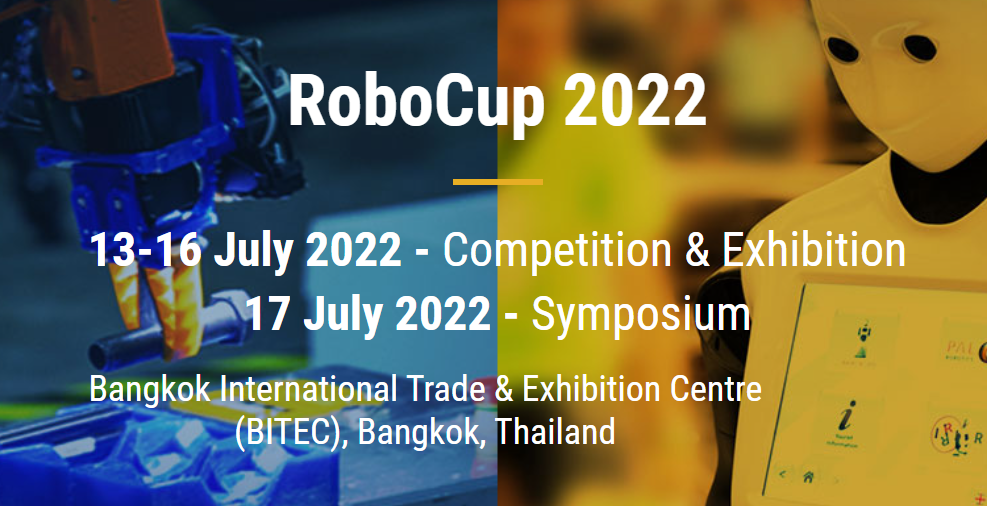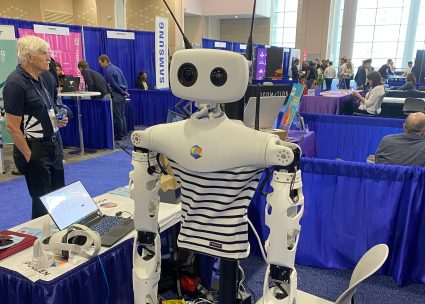57% of Manufacturers Say Robots Aren’t Taking Human Jobs
DeepMind’s latest research at ICML 2022
DeepMind’s latest research at ICML 2022
A deformable pump gives soft robots a ‘heart’ to mimic the biology of animals
RoboCup2022 underway – where to find the livestream action

RoboCup 2022 kicked off yesterday, and there have already been lots of competitions within the various leagues. Many of these are livestreamed to YouTube, and the recordings are available for anyone to watch.
Below are the links to the livestream (and recorded) channels for the leagues that have them.
- RoboCupSoccer
- RoboCupIndustrial
- RoboCupJunior
In addition to these channels, there are also some stand-alone recordings.
Here are some highlights from the humanoid league drop-in tournament:
This video features a match between the HTWK-Robots and rUNSWift.
Find out more about RoboCup 2022 here.
Actuator Technology in Robotics Applications
Engineers build a robot that learns to understand itself, rather than the world around it
Monitoring city mobility from the skies
New shape-shifting material can move like a robot
A framework that could enhance the ability of robots to use physical tools
Future robots could ‘see’ using new type of electronic skin
Swiss Drone Companies leading the way on drone approvals
Wireless Charging Enables Industry 4.0 Implementation with Mobile Robots
Exhibitors from ICRA 2022

At ICRA 2022, the researchers weren’t the only ones working with cutting-edge technology. We spoke to the exhibitors to get real-life demos of their products.
Tangram Vision
Tangram Vision is a hardware-agnostic sensor fusion platform. It streamlines the development and deployment of critical sensor infrastructure like calibration, fusion, and monitoring for any number of cameras, depth sensors, LiDAR, radar, and IMU. Their co-founder, Adam Rodnitzky, walks us through their sensor fusion platform.
FLX Solutions
Matt Bilsky, Founder and CEO of FLX Solutions gives us a live demo of their robot, the FLX BOT. Matt Bilsky applied his Ph.D. in Mechanical Engineering to create a novel, highly compact robot that is designed to reach and inspect parts of a building that a human cannot reach. The FLX BOT is one inch in diameter and is made of modular links that can be attached one after the other to extend the reach and degrees of freedom of the robot.
Exyn Technologies
Exyn Technologies specializes in aerial robotics, drone swarms, multi-modal sensor fusion, 3D mapping, obstacle avoidance, and autonomous navigation & planning.
Exyn’s focus is on developing software for aerial robots so they can operate in GPS-denied environments, without human control, prior information, or pre-existing infrastructure (e.g. no motion capture system).
Pollen Robotics
Pollen Robotics developed the robot, Reachy, an open-source humanoid robot with a quirky appearance. Reachy’s primary userbase is researchers studying fields such as teleoperation. Using mixed autonomy, Reachy is able to be teleoperated by humans, while still having onboard intelligence to autonomously infer the actions you want it to do.